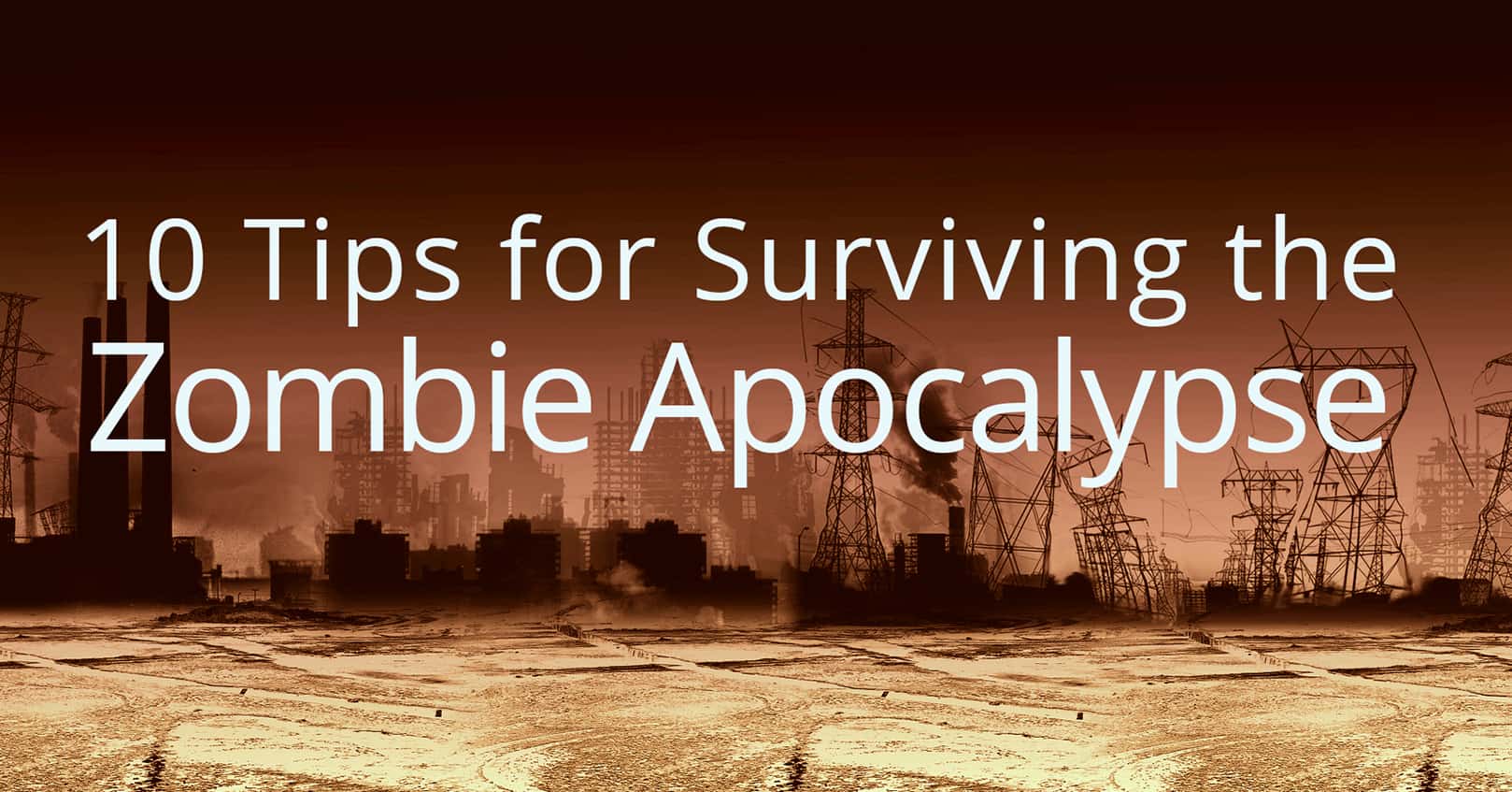Surviving the Zombie Apocalypse
Gathering Intel and Preparing Shelter
With the sudden news of zombies appearing and attacking humans across the city, it was crucial to gather as much information as possible about the threat and prepare shelter. I spent time on various news sites and social media to learn the key details - the zombies were slow moving but could infect humans through bites or scratches. Given this was likely just the start of a wider outbreak, staying put at home was the best option for now while also taking precautions. I called my wife to return home immediately from work and helped barricade the doors and windows once everyone was safely inside. We filled any available containers like the bathtub with water in preparation.

Adapting the Home for Long-Term Survival
Our pantry was well-stocked, but it was important to make changes to better protect our home long-term. First, I reinforced the barriers on the ground floor windows and doors, adding extra layers of furniture, boards and ropes . The stairs leading upstairs were then blocked off partly with our bed frames, creating a multi-layered defense. Any noise from inside needed to be kept to a minimum to avoid drawing unwanted attention. All light sources were replaced with LED candles and batteries for any electronic devices were conserved. A supply of non-perishables, canned goods and water containers was gathered and safely stored upstairs out of reach.
Monitoring the Situation from Afar
With the home secured, I continued monitoring local news sites online while keeping radio and TV volume low. Reports indicated the outbreak was spreading but authorities were working to contain it. From occasional glances outside hidden from view, the streets appeared deserted of both people and zombies. After two weeks staying quiet indoors, I risked peering further outside. While the immediate area seemed cleared, plumes of smoke in the distance suggested battles still raging elsewhere. Communication networks were mostly down, offering little information on the overall situation or relief efforts. We would need to remain vigilant and prepared.
Preparing for Long-Term Isolation
With no end to the crisis in sight, our supplies though abundant would eventually run out. It was time to prepare more long-term by turning our home into a veritable fortress impenetrable to zombies. The attic space was reinforced with additional layered defenses of wooden boards, steel plates and ropes to create a safe-room. A stockpile of non-perishable goods, bottled water and fuel was moved there. Home-based food production was set up with hydroponic gardens using material scavenged from nearby abandoned stores. Solar panels and batteries scavenged from local stores was installed to power lighting, equipment and charge communication devices independent of any grid.
Adapting to Disaster Through Community Spirit
As weeks turned to months isolated in our home, maintaining morale was as important as physical survival. Contact was attempted with any remaining neighbors using short-range radios but most homes appeared deserted. One house two streets over responded and we began limited-interaction neighborhood watch by taking turns observing the area through field glasses and binoculars daily. Having secured months worth of supplies, there was potential to help others if they reached out. Structures were installed on the roof such as large SOS signs visible for miles. We accepted the risk of drawing unwanted attention from zombies but felt it was important to save any survivors we could manage contact with, sharing resources through carefully-planned, socially-distanced interactions. Maintaining a strong spirit of community could boost long-term chances of overcoming this crisis together.
Establishing Long-Term Survival Systems
With the continued outbreak forcing a new long-term way of living in isolation, processes were established to operate self-sufficiently for the foreseeable future. Manual pumps and tubes were installed to transport water from rain collection points to storage containers without needing to risk going outside. Hydroponic gardens were expanded to the roof for more food production. A chicken coop was created using salvaged materials to rear poultry for eggs and meat when necessary. Composting toilets and waste processing areas were set up according to safety guidelines to avoid odor issues drawing zombies. Monthly supply checks and rotating of long-lasting goods helped optimize available resources. Regular fitness, school and recreation schedules indoors ensured physical and mental wellbeing.
Adapting to Disaster Through Community Spirit
As weeks turned to months isolated in our home, maintaining morale was as important as physical survival. Contact was attempted with any remaining neighbors using short-range radios but most homes appeared deserted. One house two streets over responded and we began limited-interaction neighborhood watch by taking turns observing the area through field glasses and binoculars daily. Having secured months worth of supplies, there was potential to help others if they reached out. Structures were installed on the roof such as large SOS signs visible for miles. We accepted the risk of drawing unwanted attention from zombies but felt it was important to save any survivors we could manage contact with, sharing resources through carefully-planned, socially-distanced interactions. Maintaining a strong spirit of community could boost long-term chances of overcoming this crisis together.
Expanding Knowledge and Preparing for Adventure
With a functioning remote sanctuary set up, our safety needs were met allowing exploration of new challenges. Textbooks and workshops were held daily to expand useful skills such as mechanics, first aid, weapons handling and scientific knowledge through experimentation. Fitness regimes intensified to elite levels preparing for potential dangerous missions. Long-range observation equipment was installed including high-powered binoculars, drones and camera traps set at a distance to observe rebuilding of the outside world with minimal risk. If signs emerged the outbreak was contained, plans would be made for armed excursions to search wider areas for more survivors or resources. But for now, patience and continued preparation was key to give civilization every chance possible to recover.
Facing the Future with Hope and Determination
Over a year had now passed with no clear end to the zombie plague in sight. But courage and spirit had prevailed against all odds within our close-knit community. Self-sufficiency had been taken further than ever imagined possible through innovation, hard work and cooperation. With stockpiles sufficient to withstand years more of isolation, we felt ready for any challenge that may come.
Careful observations suggested zombie activity reducing in our local area at least, and authorities seemed to be regaining control in more urban zones. Some survivors even began establishing secure zones again. The future, though still uncertain, offered some promise that this awful plague could potentially be overcome or at least controlled through human strength and cooperation. We stayed watchful yet hopeful, determined to live and rebuild when the time finally came to venture outside our home again.
